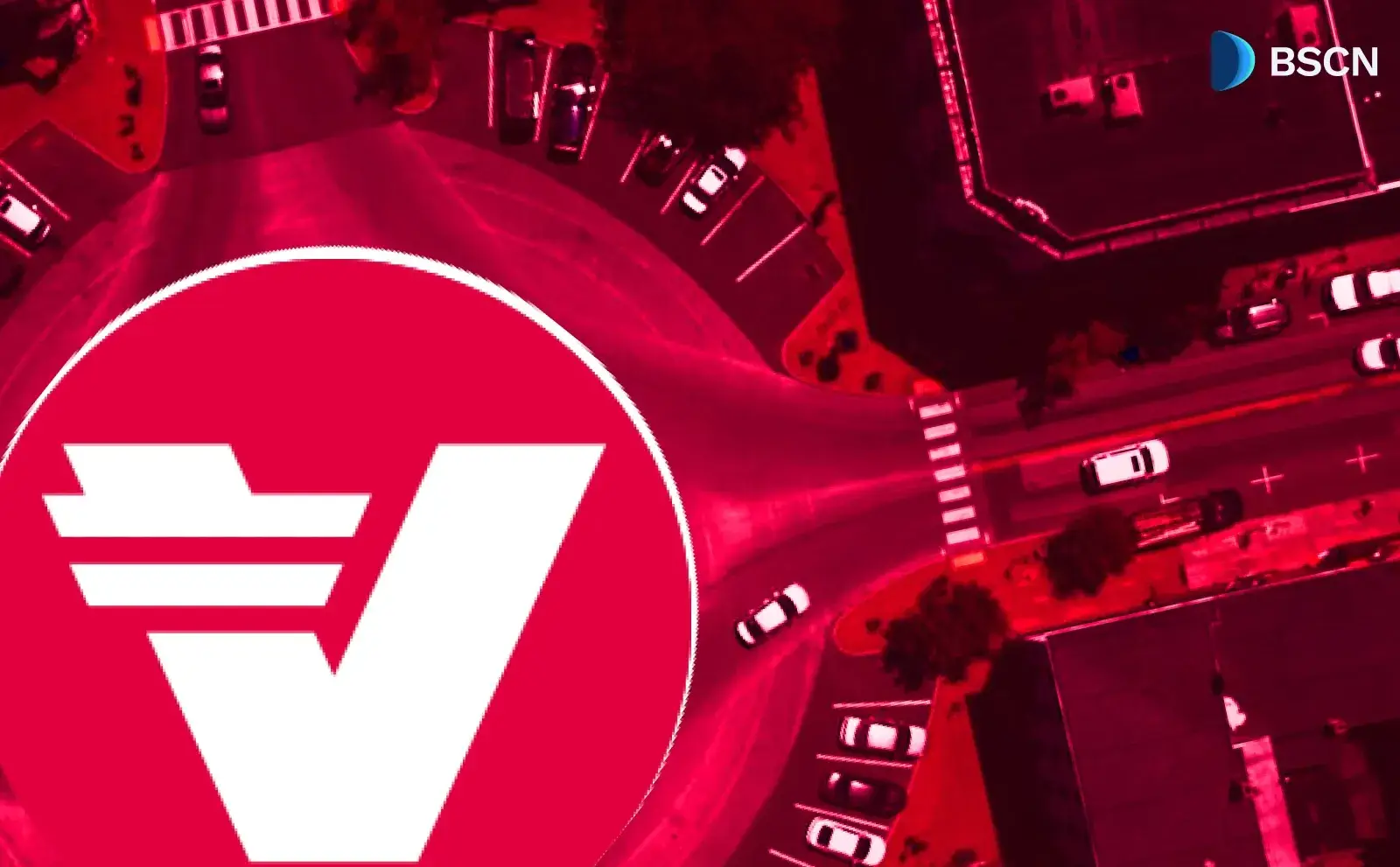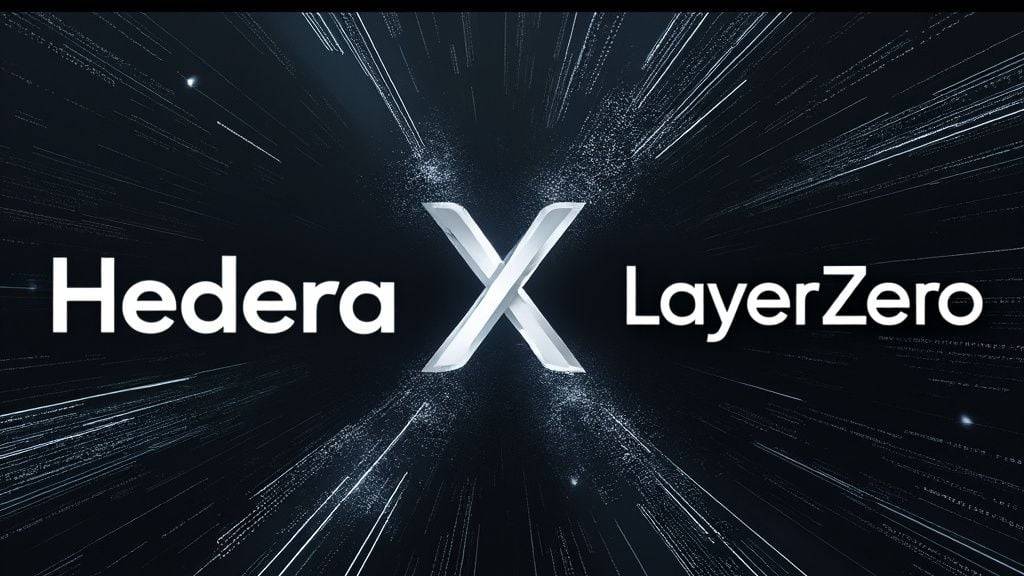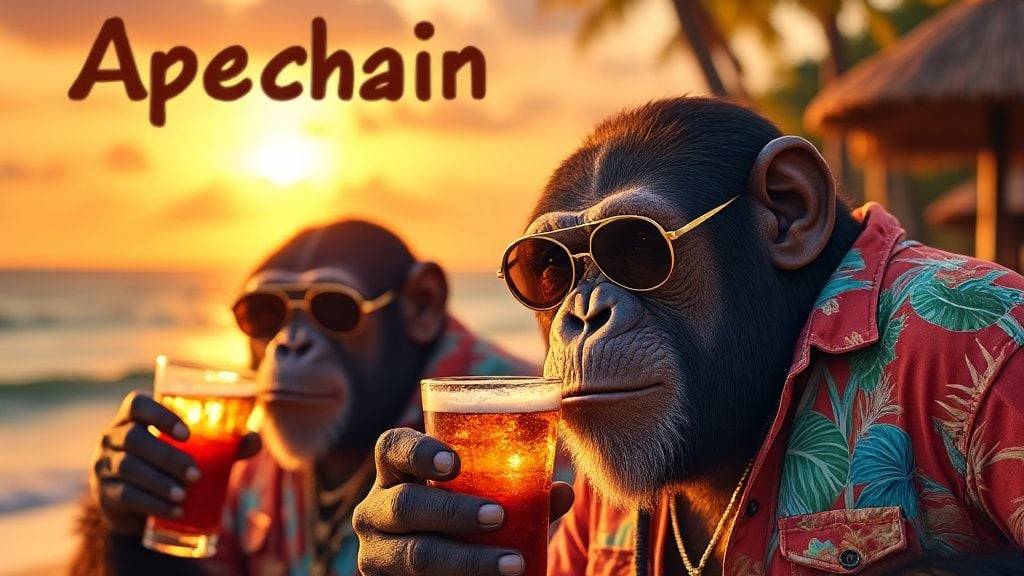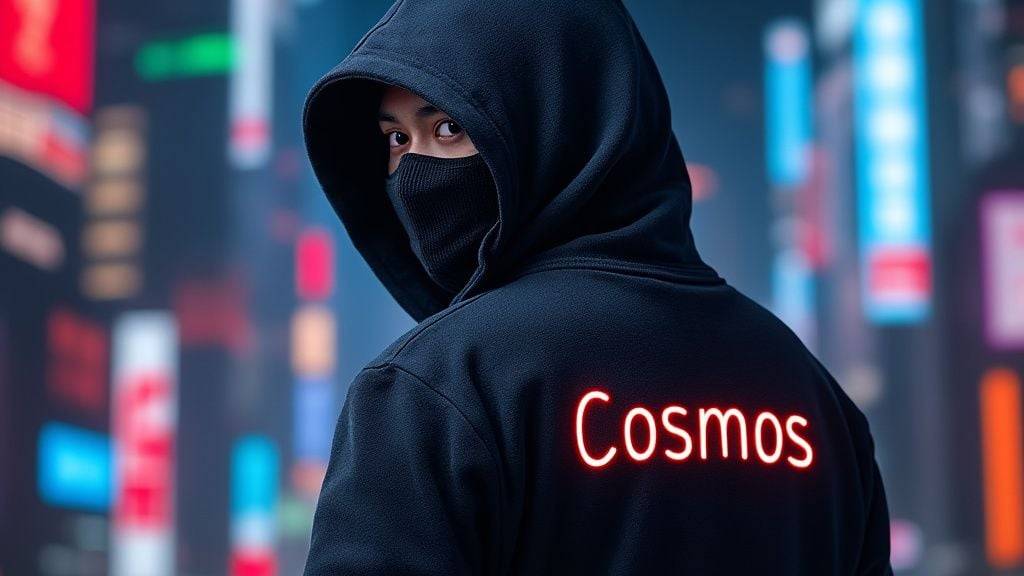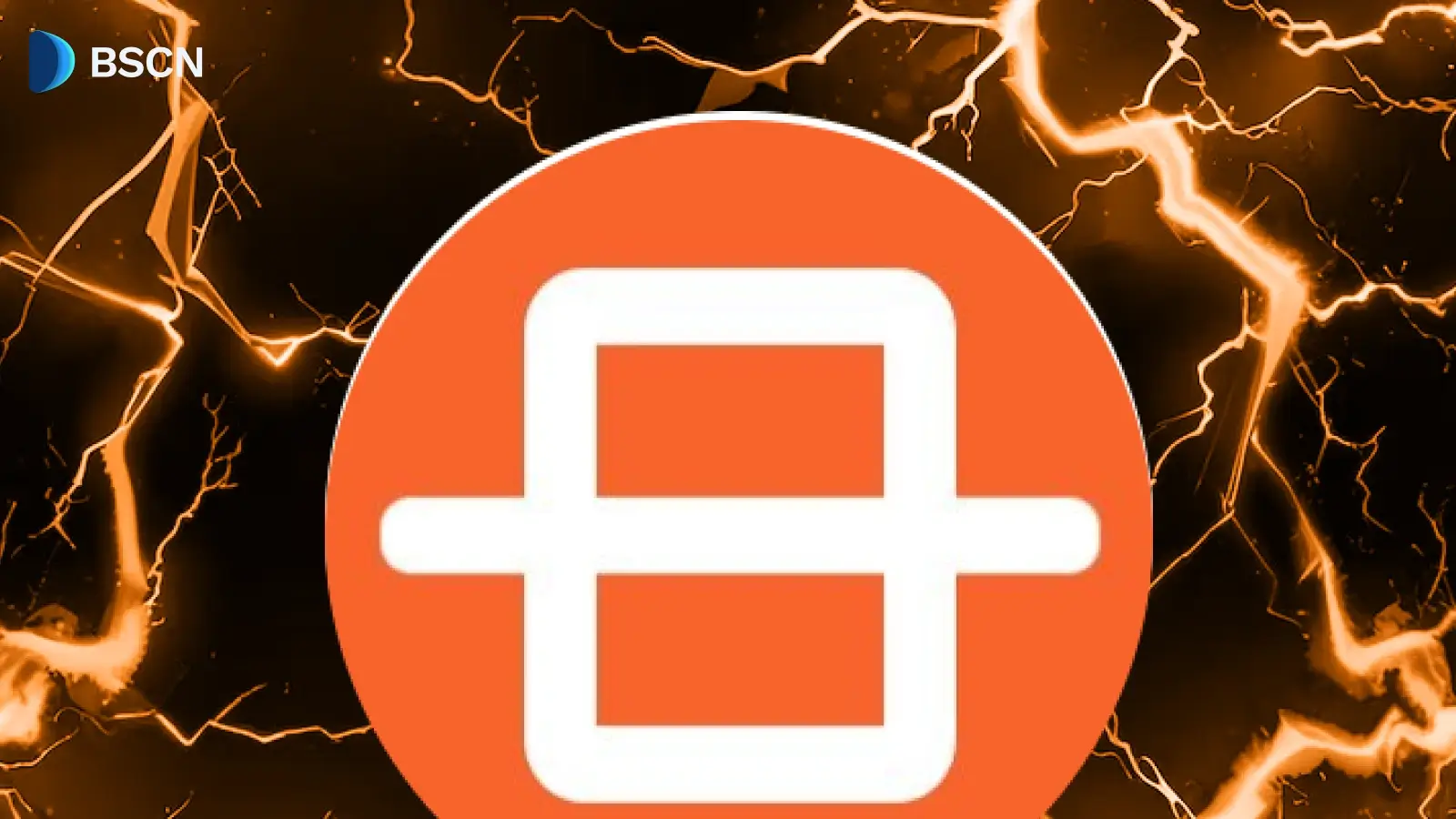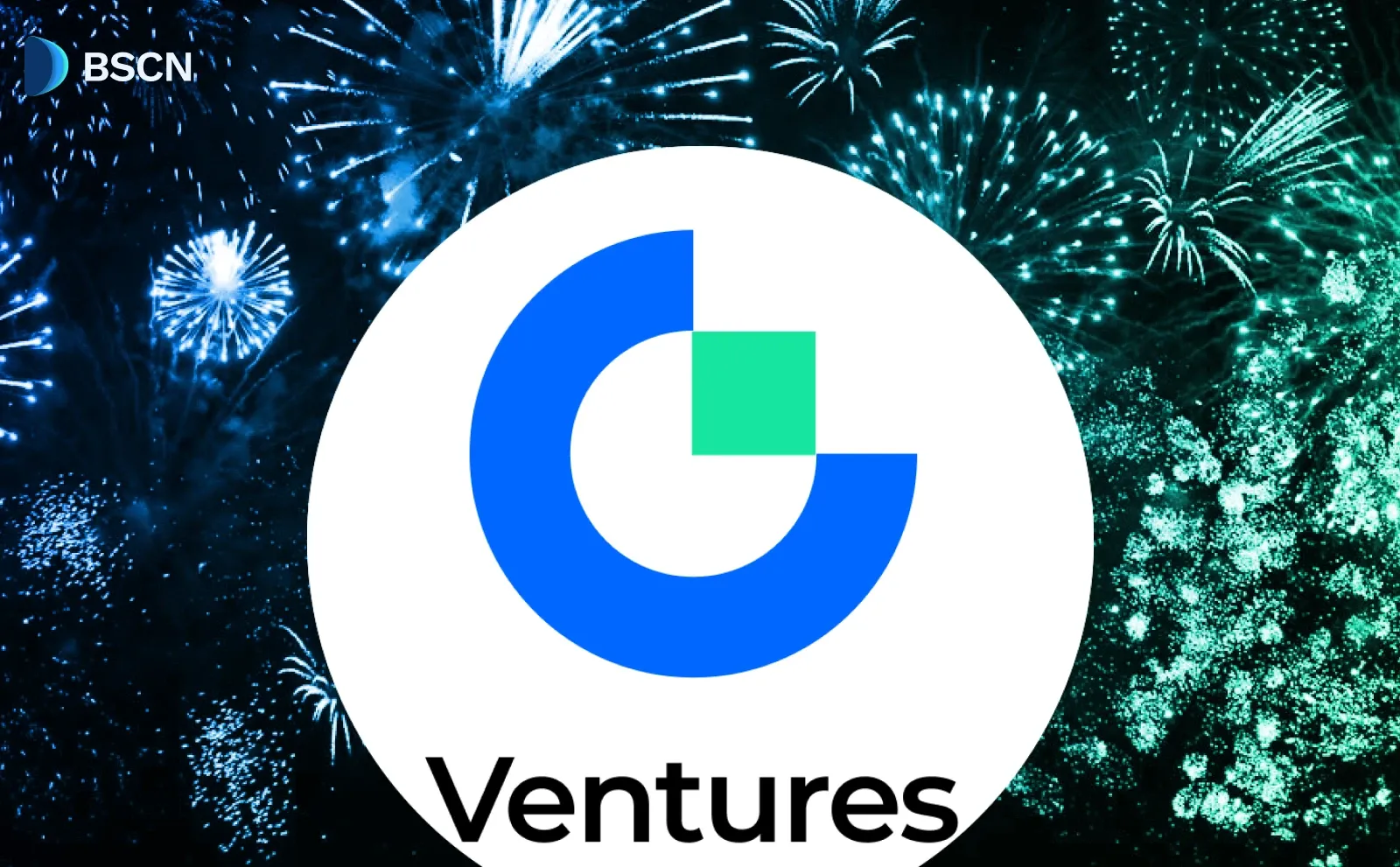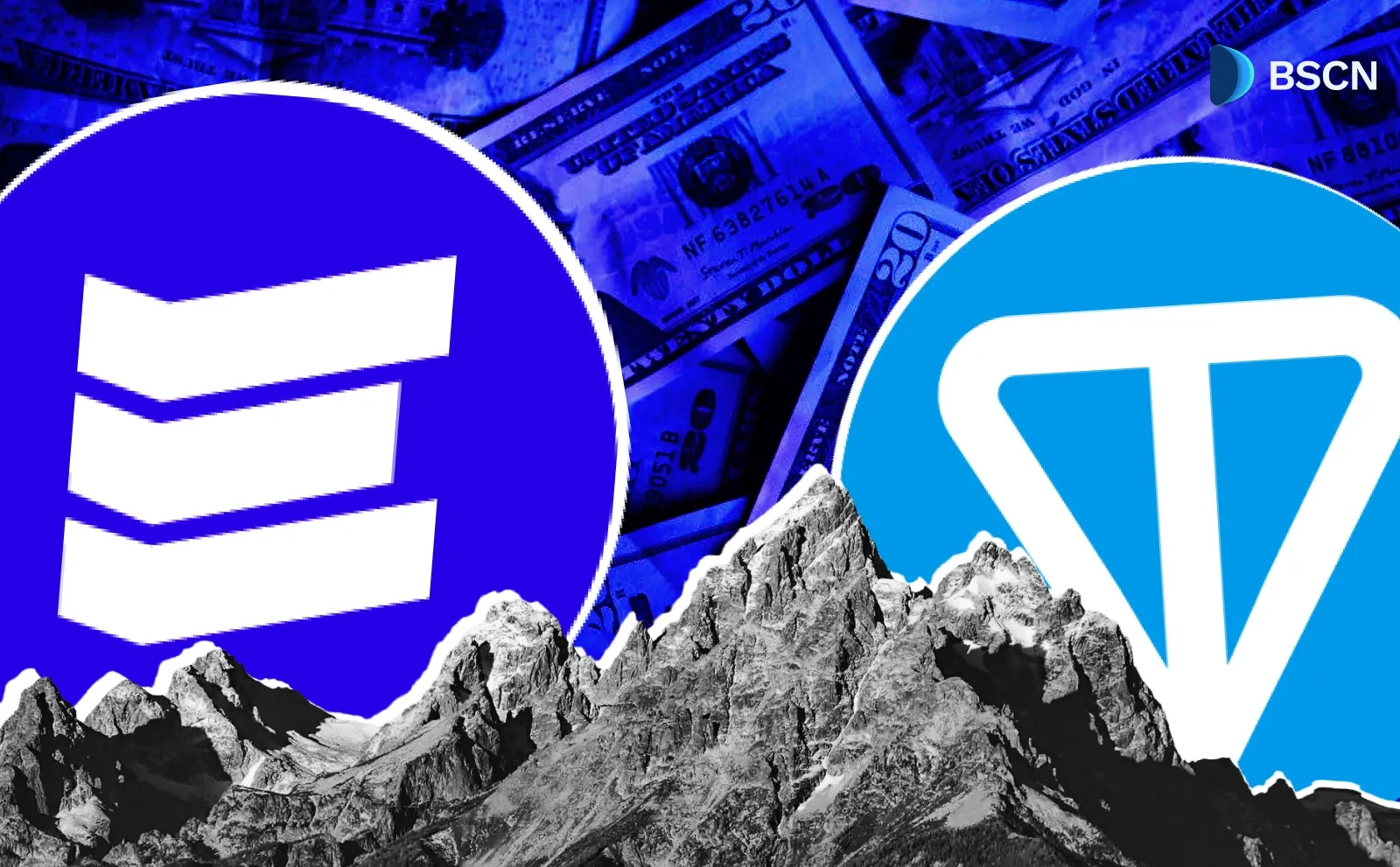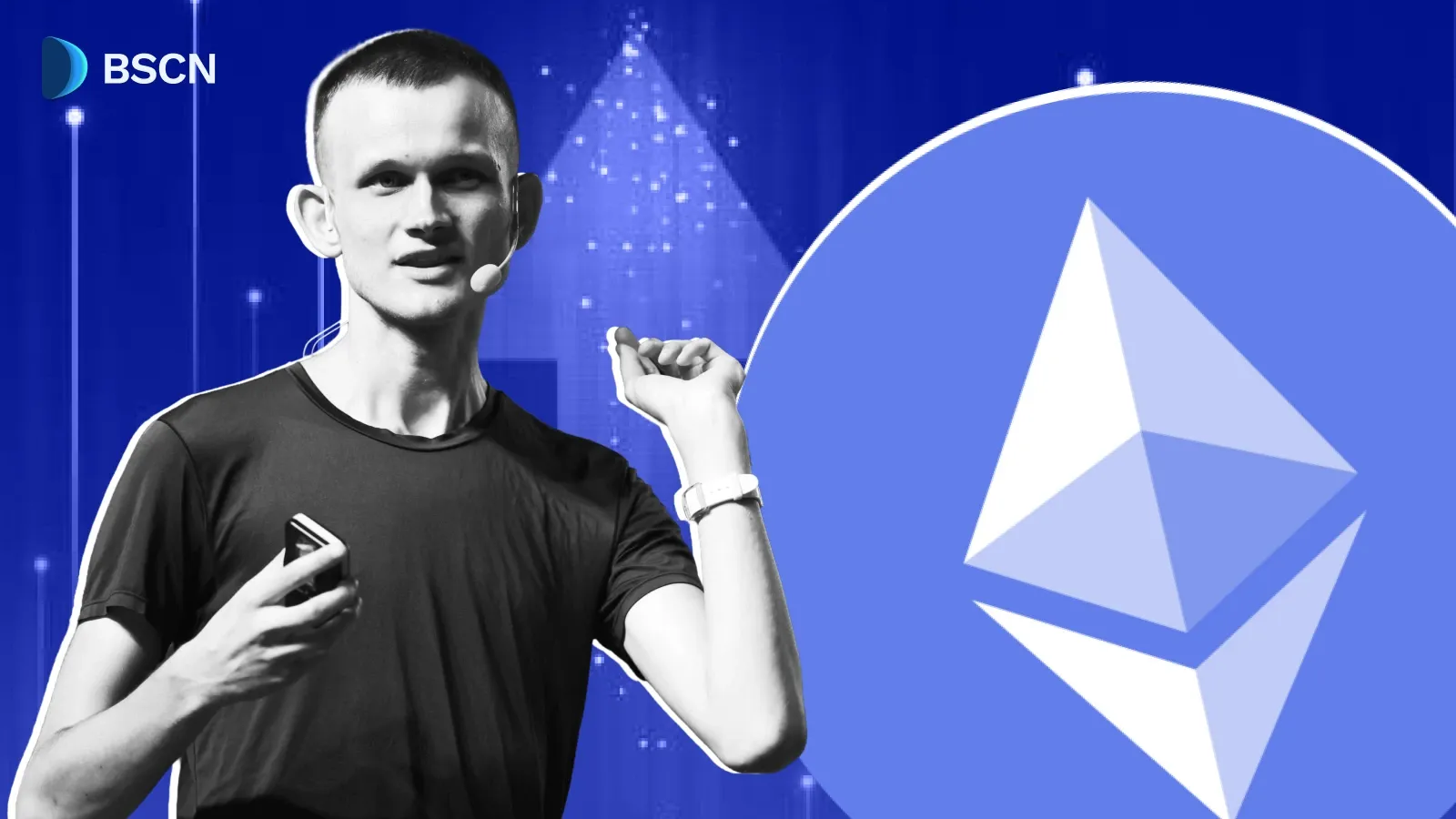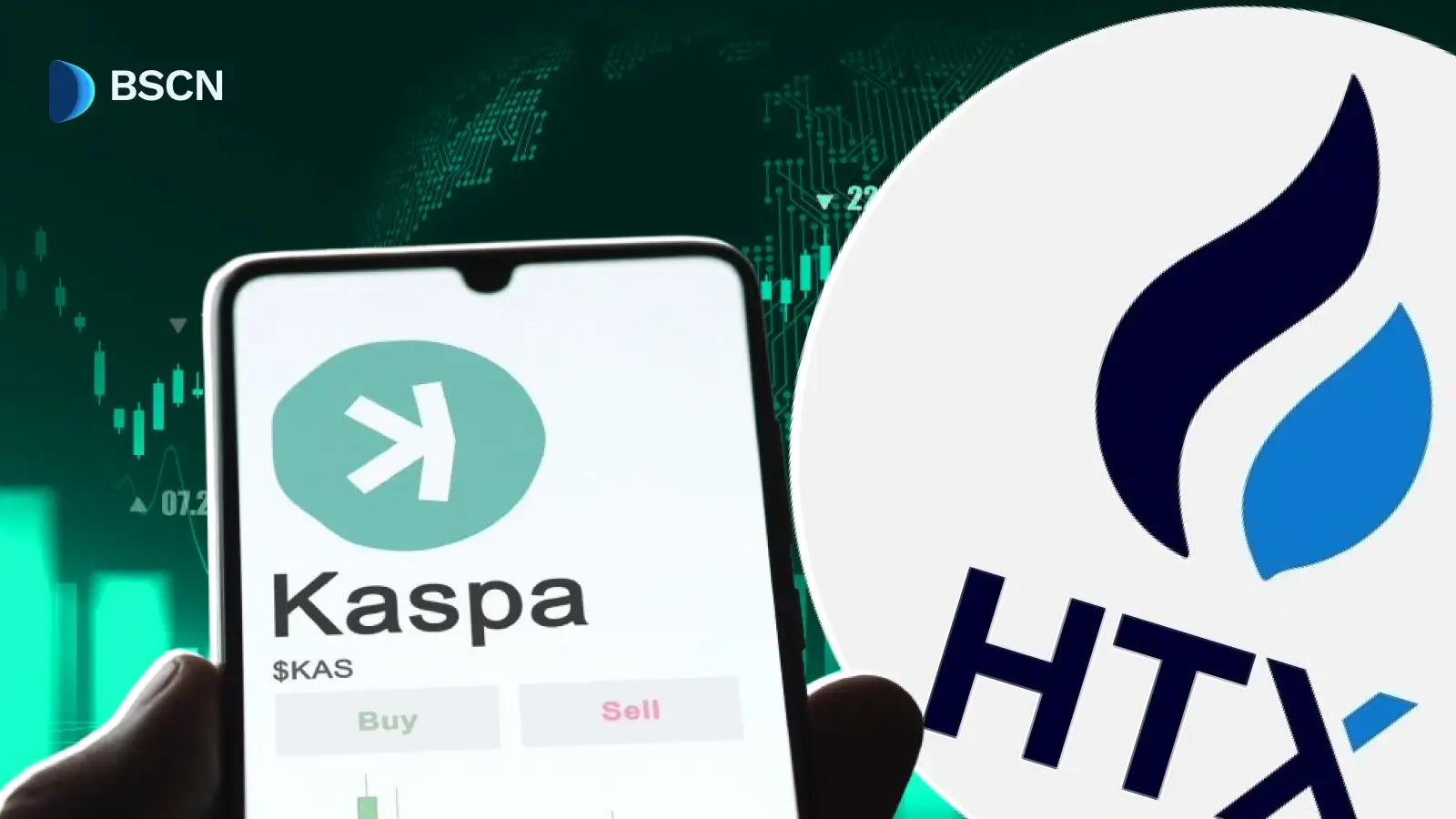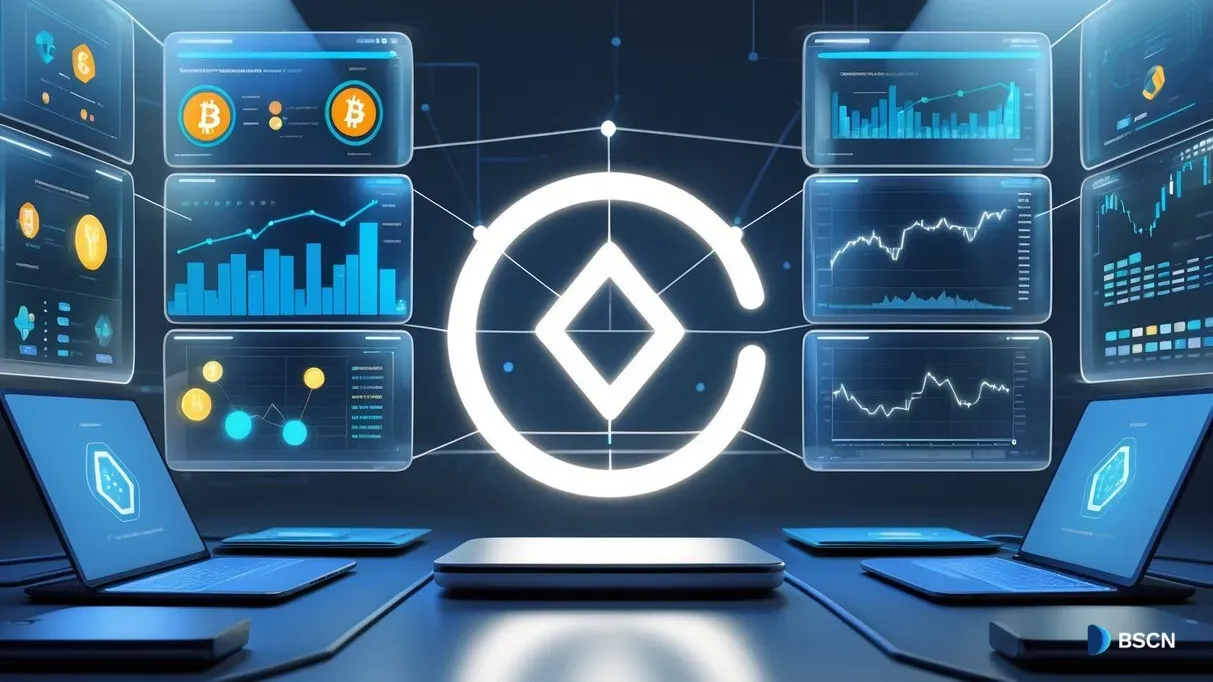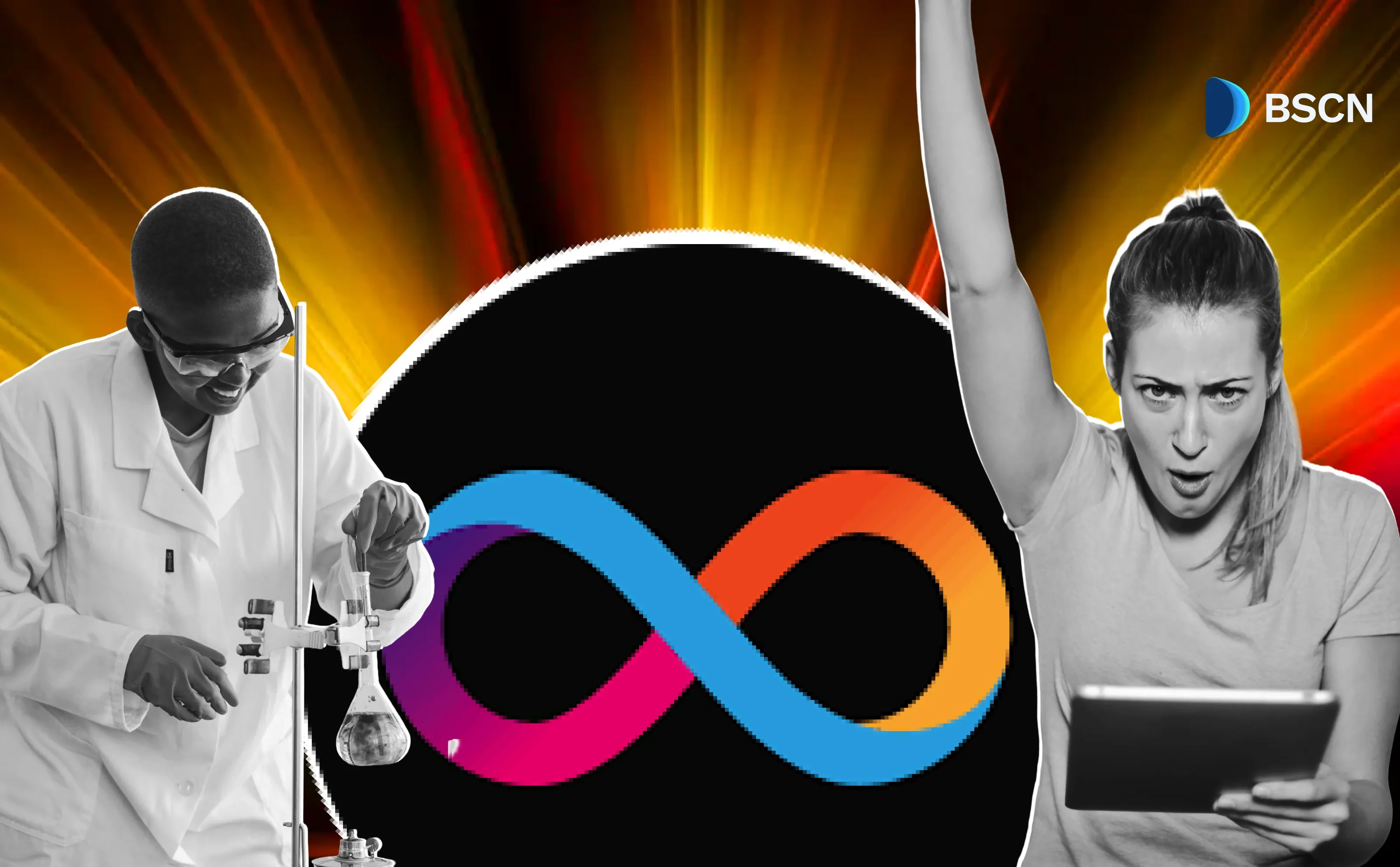Research
(Advertisement)
Bio Protocol: Overview of the Decentralized Science Platform and 2025 Updates
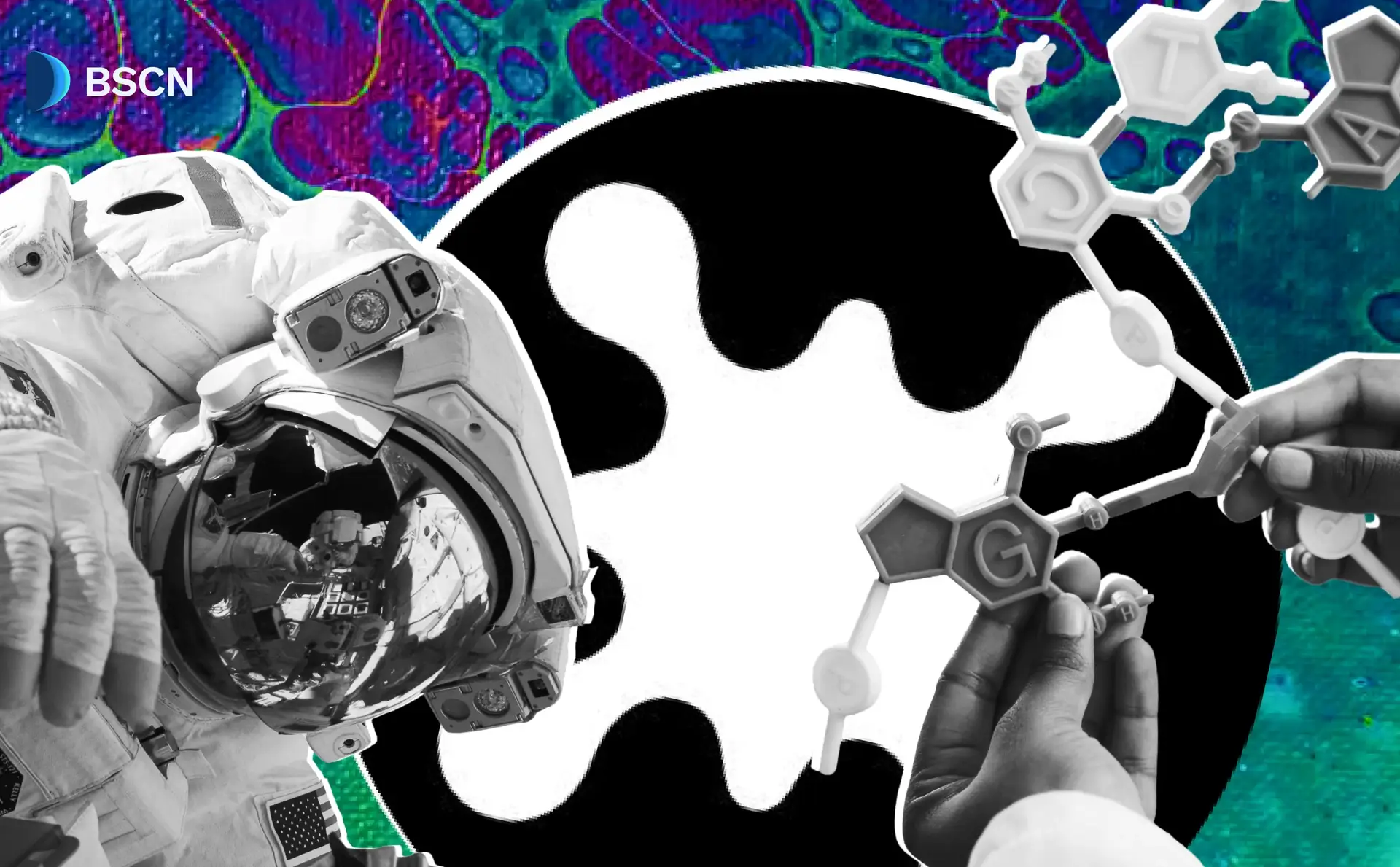
Bio Protocol enables blockchain-based funding for biotech research through BioDAOs and the $BIO token
UC Hope
July 30, 2025
(Advertisement)
Table of Contents
In 2025, Bio Protocol implemented key updates to support its role as a decentralized science platform that uses blockchain technology to allow global communities to fund, develop, and govern tokenized scientific intellectual property in biotechnology.
The protocol connects patients, scientists, researchers, universities, and investors to support preclinical research in fields such as longevity, women's health, psychedelics, synthetic biology, and rare diseases. This article delves into these updates, exploring the protocol’s relevance in the blockchain industry.
What is Bio Protocol?
Bio Protocol operates as a web3 protocol focused on decentralized science, often abbreviated as DeSci. The platform enables the creation of BioDAOs, which are decentralized autonomous organizations dedicated to specific therapeutic areas. These BioDAOs facilitate community-driven funding and liquidity for biotech assets. For example, VitaDAO addresses longevity research, while AthenaDAO targets women's health.
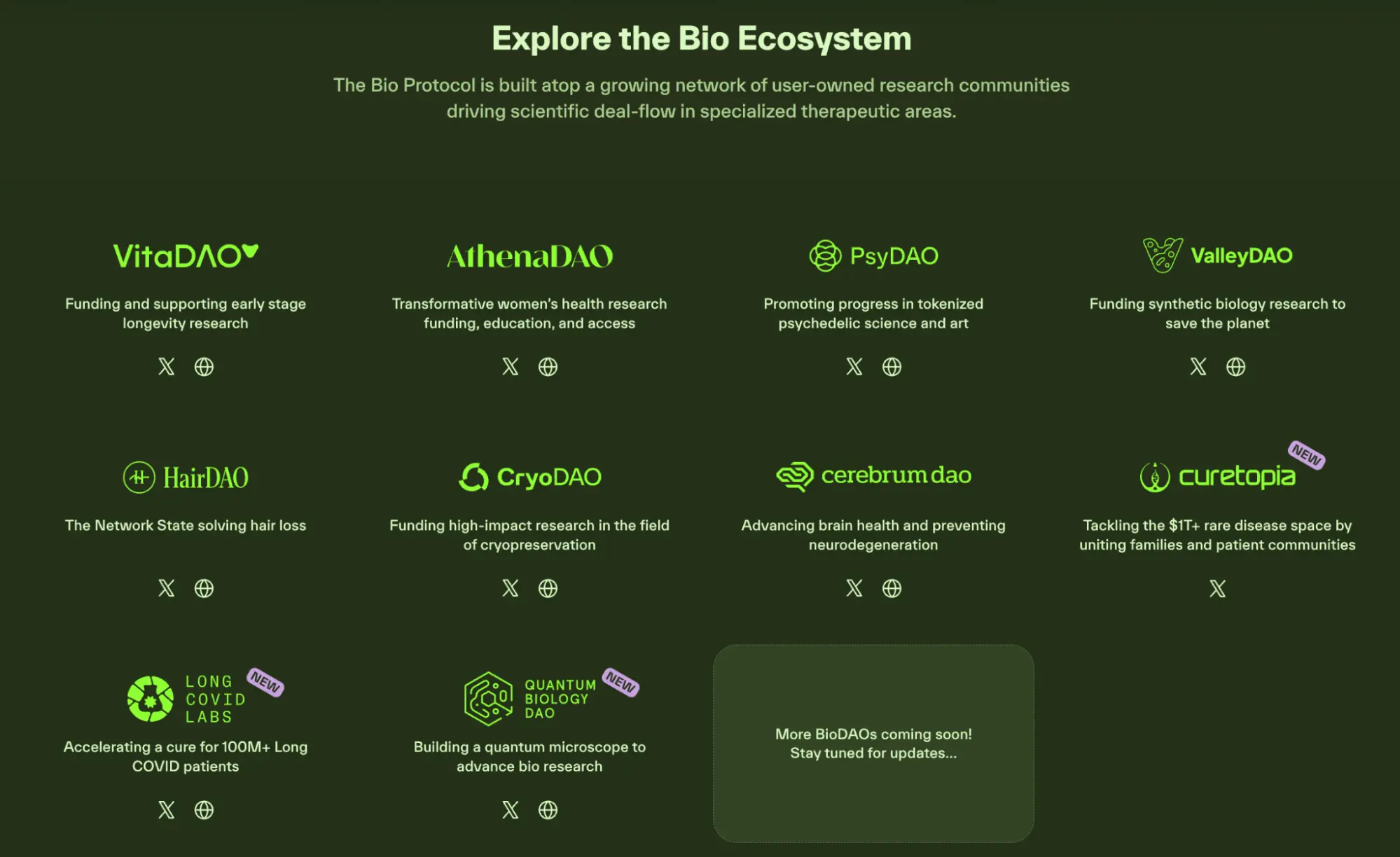
The system allows users to participate in funding rounds, provide liquidity, and commercialize scientific intellectual property through tokenization. This approach creates markets for early-stage science by enabling open-source methods in the field of biology.
In practice, Bio Protocol supports the formation of networks where tokenized IP can be traded and licensed. Milestones include the launch of the first IP-Token in 2023, which marked an early step in the permissionless commercialization of biotech assets. The platform emphasizes collaboration, with tools for data sharing and milestone-based progress tracking.
Technical Foundations of Bio Protocol
Bio Protocol is built on Ethereum using the ERC-20 token standard, with extensions to Solana and Base for multichain operations. It utilizes Wormhole for cross-chain bridging and integrates with decentralized exchanges, including Uniswap, Jupiter, and CoW Swap, to facilitate liquidity and trading.
At its core, the architecture includes BioDAOs as user-owned communities that curate and fund research. A launchpad and liquidity engine facilitate the formation and funding of these DAOs, offering on-ramps and off-ramps for participants worldwide. Meta-governance features enable token holders to simultaneously influence multiple BioDAOs and IP assets. Here’s a summary of the platform’s unique offerings:
Blockchain Base: Built on Ethereum using the ERC-20 token standard, with extensions to Solana and Base for multichain operations.
Interoperability Tools: Utilizes Wormhole for cross-chain bridging and integrates with decentralized exchanges, including Uniswap, Jupiter, and CoW Swap, for enhanced liquidity and trading capabilities.
Core Architecture: Includes BioDAOs as user-owned communities that curate and fund research.
Launchpad and Liquidity: Features a launchpad and liquidity engine to form and fund BioDAOs, with on-ramps and off-ramps for global access. Over $24 million has been raised for research as of the writing of this article.
Meta-Governance: Enables token holders to influence multiple BioDAOs and IP assets simultaneously.
AI Integration: Incorporates BioAgents, agentic AI tools for hypothesis generation, experiment design, and knowledge graph building, using RDF triple stores and JudgeLLM for evaluation.
Decentralized Knowledge Graph: Supports a collaborative science graph.
Incentives: Derived from staking, curation, and governance activities to create a self-sustaining ecosystem.
The protocol incorporates artificial intelligence through BioAgents, which are agentic AI tools for tasks such as hypothesis generation, experiment design, and building knowledge graphs. These use RDF triple stores for data structuring and JudgeLLM for evaluation. This setup contributes to a decentralized knowledge graph that supports collaborative science.
Incentives within the system, as outlined above, come from staking, curation, and governance activities. The protocol aims to create a self-sustaining ecosystem where AI and human input work together on biotech projects.
The Native Token: $BIO
The native token of Bio Protocol is $BIO, an ERC-20 governance and utility token that supports ecosystem activities. Holders can stake $BIO to earn curation rewards, signal support for BioDAOs, access funding round whitelists, and vote on incentives and programs. It also enables guidance on IP commercialization, including data-sharing policies and licensing proceeds.
Tokenomics
Total Supply: Set at 3,320,000,000 tokens.
Allocation Details:
- Ecosystem Incentives: 25% (830,000,000 tokens).
- Core Contributors: 21.2% (703,840,000 tokens), with 0.87% unlocked and 20.3% locked as of July 2025.
- Community Auction: 20% (664,000,000 tokens), with 15.4% unlocked and 4.62% locked.
- Investors: 13.6% (451,520,000 tokens), with 3.97% unlocked and 9.63% locked.
- Community Airdrop: 6% (199,200,000 tokens).
- Molecule Ecosystem Fund: 5% (166,000,000 tokens), with 1.87% unlocked and 3.12% locked.
- Governance: 5% (166,000,000 tokens), with 1.87% unlocked and 3.12% locked.
- Advisors: 4.2% (139,440,000 tokens), with 0.82% unlocked and 3.38% locked.
Vesting Schedules: Allocations are released over time for controlled distribution, varying by category.
Unlock Events: The next event on August 3, 2025, releases 32.45 million BIO tokens (0.98% of total supply, valued at approximately $2.48 million or 1.73% of market cap) across three rounds.
$BIO operates on multiple chains, including Ethereum and Solana, with Base planned for future use. It trades on exchanges such as Binance, Kraken, and Uniswap. Tokenomics emphasizes long-term alignment via community-driven emissions and governance. This structure relates to concepts like veTokens in other protocols, where voting escrow mechanisms lock tokens for influence; however, the Bio Protocol adapts it for science funding.
Key Updates in 2025 from Bio Protocol
In 2025, Bio Protocol released several updates, as detailed in posts from the @BioProtocol account on X. The month of January brought several updates:
January 2025
The Token Generation Event (TGE) took place on January 3 on the Ethereum mainnet and Binance, featuring added price data and CoW Swap integration for BioDAOs.
January 5 featured upcoming projects, including Quantum Biology DAO, which raised $6.8 million alongside Long COVID Labs and End Rare Diseases (Curetopia). A Twitter Space on January 6 discussed bringing $BIO to the Solana network.
A January 7 round-up noted the launch of the Token Generation Event, Solana integration, new BioDAOs, launchpad updates, AI developments, the Quantum Biology Token Generation Event, Pump Science compounds with VitaDAO, the AthenaDAO spin-out, and attendance at the JP Morgan Health Conference.
On January 9, $BIO became multichain via Wormhole to Solana. The January 12 weekly update focused on cross-chain liquidity, treasury growth with over 13 BioDAOs, VitaRNA raise, and conference participation.
February to Date
$BIO got listed on Kraken, precisely on February 4, marking it as the first DeSci token on a major US exchange. On April 9, the BioAgent plugin was launched for converting papers into knowledge graphs, along with a Bio x AI Hackathon offering over $125,000 in prizes over a two-month period.
July updates included the July 21 release of the Scientific AI Ecosystem Map, which details bio-AI tools. On July 25, discussions focused on AI in biology and BioAgents for on-chain activities. July 28 announced an open lab session on July 30 for BioAgent launches, BioXP, and Launchpad V2, named Aiccelerate.
The 2025 roadmap, outlined in late 2024, included multichain expansions, new BioDAO launches, liquidity pools, and the rollout of the Launchpad. V1 launched in Q1 with a March AMA, AI Agent Launchpad in Q3, and stablecoin swaps on Uniswap in July.
These developments align with broader trends, such as the integration of AI in blockchain, as seen in protocols that utilize large language models for data analysis or cross-chain bridges that enhance interoperability in web3 ecosystems.
Conclusion
Bio Protocol provides capabilities for funding and governing biotech research through BioDAOs and tokenized IP. Its technical setup on Ethereum, Solana, and Base supports multichain operations, while $BIO enables staking, voting, and curation. Furthermore, AI tools like BioAgents handle knowledge graph building and experiment design.
With recent updates covering expanded listings, integrations, and project launches, the protocol is poised to maintain focus on DeSci applications in the blockchain industry.
For more information about Bio Protocol, please refer to the protocol’s website and X Account.
Sources:
- Bio Protocol Official Website https://www.bio.xyz/
- X Account @BioProtocol Posts https://x.com/bioprotocol
- CoinMarketCap $BIO Token Page https://coinmarketcap.com/currencies/bio/
- BioDAO Launchpad https://app.bio.xyz/launchpad
- Bio Protocol Whiterpaper https://docs.bio.xyz/bio
Read Next...
Frequently Asked Questions
What is Bio Protocol?
Bio Protocol is a decentralized science platform that uses blockchain to fund and govern biotech intellectual property through BioDAOs.
What does the $BIO token do?
The $BIO token allows staking for rewards, voting on governance, and access to funding rounds in the Bio Protocol ecosystem.
What were the main 2025 updates for Bio Protocol?
Key 2025 updates included the $BIO Token Generation Event, multichain expansion to Solana, a Kraken listing, and the launch of AI tools such as BioAgents.
Disclaimer
Disclaimer: The views expressed in this article do not necessarily represent the views of BSCN. The information provided in this article is for educational and entertainment purposes only and should not be construed as investment advice, or advice of any kind. BSCN assumes no responsibility for any investment decisions made based on the information provided in this article. If you believe that the article should be amended, please reach out to the BSCN team by emailing [email protected].
Author
 UC Hope
UC HopeUC holds a bachelor’s degree in Physics and has been a crypto researcher since 2020. UC was a professional writer before entering the cryptocurrency industry, but was drawn to blockchain technology by its high potential. UC has written for the likes of Cryptopolitan, as well as BSCN. He has a wide area of expertise, covering centralized and decentralized finance, as well as altcoins.
(Advertisement)
Latest News
(Advertisement)
Crypto Project & Token Reviews
Project & Token Reviews
Comprehensive reviews of crypto's most interesting projects and assets
Learn about the hottest projects & tokens
